Offered from the estate of the late Peter Phillips 1915 Rolls-Royce 40/50hp Silver Ghost Alpine Eagle Tourer Registration no. IO 36 Chassis no. 6AD *Listed in The Edwardian Rolls-Royce by John Fasal *Update by the works with front-wheel brakes and servo gearbox *Restored in the late 1960s/early 1970s *Replica Alpine Eagle body fitted in the 1990s *Owned by Peter Phillips since the late 1980s Fußnoten 'The directors were obviously as impressed with the car as the public were when they first saw it displayed... the company's future, based upon Royce's intuitive design genius and the uncompromising standards of workmanship he set, clearly lay in the rapidly expanding area of luxury cars...' – Edward Eves, 'Rolls-Royce, 75 Years of Motoring Excellence'. Although the 40/50hp model would in any event have earned its 'The Best Car in the World' sobriquet (actually first used by the Pall Mall Gazette in November 1911), Rolls-Royce's decision to drop all other types only served to focus attention on what would become known as the 'Silver Ghost'. Prior to 1908, when it relocated to a new factory in Derby, the company founded by engineer Frederick Henry Royce and entrepreneur the Honourable Charles Stewart Rolls had manufactured a variety of models at its Manchester premises. Cars with two, three, four and six cylinders were made, and even an abortive V8, before Managing Director Claude Johnson's decision to concentrate on the range-topping 40/50hp. The latter had first appeared at the 1906 London Motor Show and became known as the 'Silver Ghost' the following year when chassis number '60551' was exhibited wearing silver-painted tourer coachwork by Barker & Co. The heart of the Silver Ghost was its magnificent engine, a 7,036cc (later 7,428cc) sidevalve six equipped with seven-bearing crankshaft and pressure lubrication. A sturdy chassis comprised of channel-section side members and tubular cross members was suspended on semi-elliptic springs at the front and a 'platform' leaf spring arrangement at the rear, though the latter soon came in for revision. The transmission too was soon changed: a three-speed gearbox with direct-drive top gear replacing the original four-speed/overdrive top unit in 1909. In the course of its 20-year production life there would be countless other improvements to the car, one of the most important being the adoption of servo-assisted four-wheel brakes towards the end of 1923. After a successful 2,000-mile trial under RAC supervision, the factory demonstrator - chassis '60551', 'The Silver Ghost' - was entered in the 1907 Scottish Reliability Trial, completing the 15,000-mile run with flying colours to set a new World Record. From then on the car's reputation was assured, not the least in North America where the wide-open spaces placed a premium on reliability and comfort. Royce's uncompromising engineering standards demanded only excellence of his staff in Manchester and later Derby, and no chassis was delivered until it had been rigorously tested. Rigorous testing continued to be undertaken publicly too in the interests of promoting sales, the next such enterprise being chief test driver Ernest W Hives' legendary journey in September 1911 from London to Edinburgh using top gear only. Rivals Napier had just completed a similar stunt and Rolls-Royce felt obliged to rise to the challenge. Hives' Silver Ghost averaged a remarkable 24.32 miles per gallon over the 400-mile journey and on its completion was taken to the Brooklands racetrack where it was timed at 78.26mph. That car, chassis '1701', incorporated under-slung cantilever rear springs and an engine upgraded with increased compression ratio and a larger carburettor, while the lightweight sports-tourer 'torpedo' coachwork was by Holmes & Co of Derby. Orders for replica London-to-Edinburgh models poured in. A luxury motor car, the 'Silver Ghost' was not designed with motor sport in mind but that did not deter the more enthusiastic owners. In 1912 Mr James Rad
Offered from the estate of the late Peter Phillips 1915 Rolls-Royce 40/50hp Silver Ghost Alpine Eagle Tourer Registration no. IO 36 Chassis no. 6AD *Listed in The Edwardian Rolls-Royce by John Fasal *Update by the works with front-wheel brakes and servo gearbox *Restored in the late 1960s/early 1970s *Replica Alpine Eagle body fitted in the 1990s *Owned by Peter Phillips since the late 1980s Fußnoten 'The directors were obviously as impressed with the car as the public were when they first saw it displayed... the company's future, based upon Royce's intuitive design genius and the uncompromising standards of workmanship he set, clearly lay in the rapidly expanding area of luxury cars...' – Edward Eves, 'Rolls-Royce, 75 Years of Motoring Excellence'. Although the 40/50hp model would in any event have earned its 'The Best Car in the World' sobriquet (actually first used by the Pall Mall Gazette in November 1911), Rolls-Royce's decision to drop all other types only served to focus attention on what would become known as the 'Silver Ghost'. Prior to 1908, when it relocated to a new factory in Derby, the company founded by engineer Frederick Henry Royce and entrepreneur the Honourable Charles Stewart Rolls had manufactured a variety of models at its Manchester premises. Cars with two, three, four and six cylinders were made, and even an abortive V8, before Managing Director Claude Johnson's decision to concentrate on the range-topping 40/50hp. The latter had first appeared at the 1906 London Motor Show and became known as the 'Silver Ghost' the following year when chassis number '60551' was exhibited wearing silver-painted tourer coachwork by Barker & Co. The heart of the Silver Ghost was its magnificent engine, a 7,036cc (later 7,428cc) sidevalve six equipped with seven-bearing crankshaft and pressure lubrication. A sturdy chassis comprised of channel-section side members and tubular cross members was suspended on semi-elliptic springs at the front and a 'platform' leaf spring arrangement at the rear, though the latter soon came in for revision. The transmission too was soon changed: a three-speed gearbox with direct-drive top gear replacing the original four-speed/overdrive top unit in 1909. In the course of its 20-year production life there would be countless other improvements to the car, one of the most important being the adoption of servo-assisted four-wheel brakes towards the end of 1923. After a successful 2,000-mile trial under RAC supervision, the factory demonstrator - chassis '60551', 'The Silver Ghost' - was entered in the 1907 Scottish Reliability Trial, completing the 15,000-mile run with flying colours to set a new World Record. From then on the car's reputation was assured, not the least in North America where the wide-open spaces placed a premium on reliability and comfort. Royce's uncompromising engineering standards demanded only excellence of his staff in Manchester and later Derby, and no chassis was delivered until it had been rigorously tested. Rigorous testing continued to be undertaken publicly too in the interests of promoting sales, the next such enterprise being chief test driver Ernest W Hives' legendary journey in September 1911 from London to Edinburgh using top gear only. Rivals Napier had just completed a similar stunt and Rolls-Royce felt obliged to rise to the challenge. Hives' Silver Ghost averaged a remarkable 24.32 miles per gallon over the 400-mile journey and on its completion was taken to the Brooklands racetrack where it was timed at 78.26mph. That car, chassis '1701', incorporated under-slung cantilever rear springs and an engine upgraded with increased compression ratio and a larger carburettor, while the lightweight sports-tourer 'torpedo' coachwork was by Holmes & Co of Derby. Orders for replica London-to-Edinburgh models poured in. A luxury motor car, the 'Silver Ghost' was not designed with motor sport in mind but that did not deter the more enthusiastic owners. In 1912 Mr James Rad
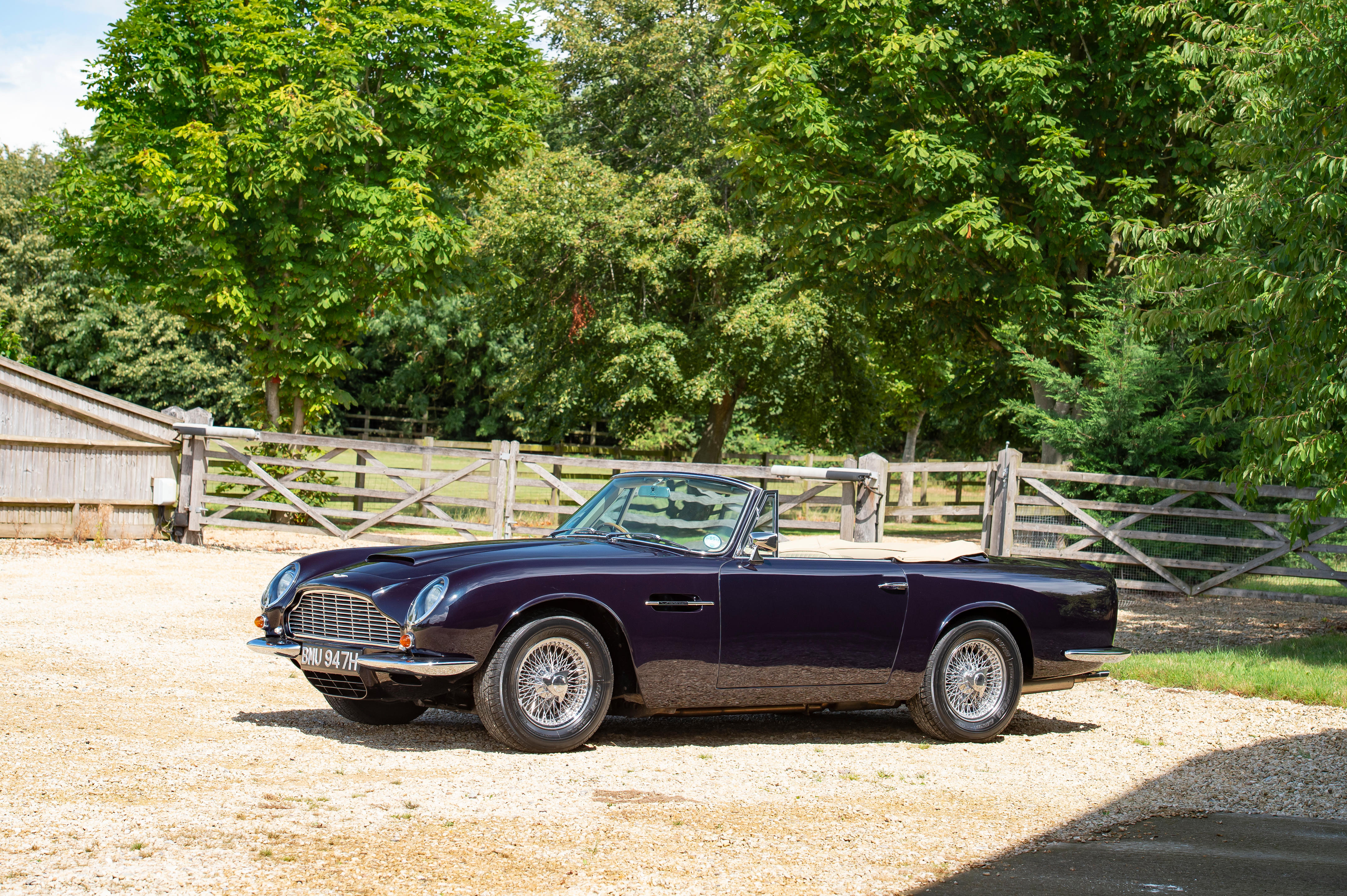
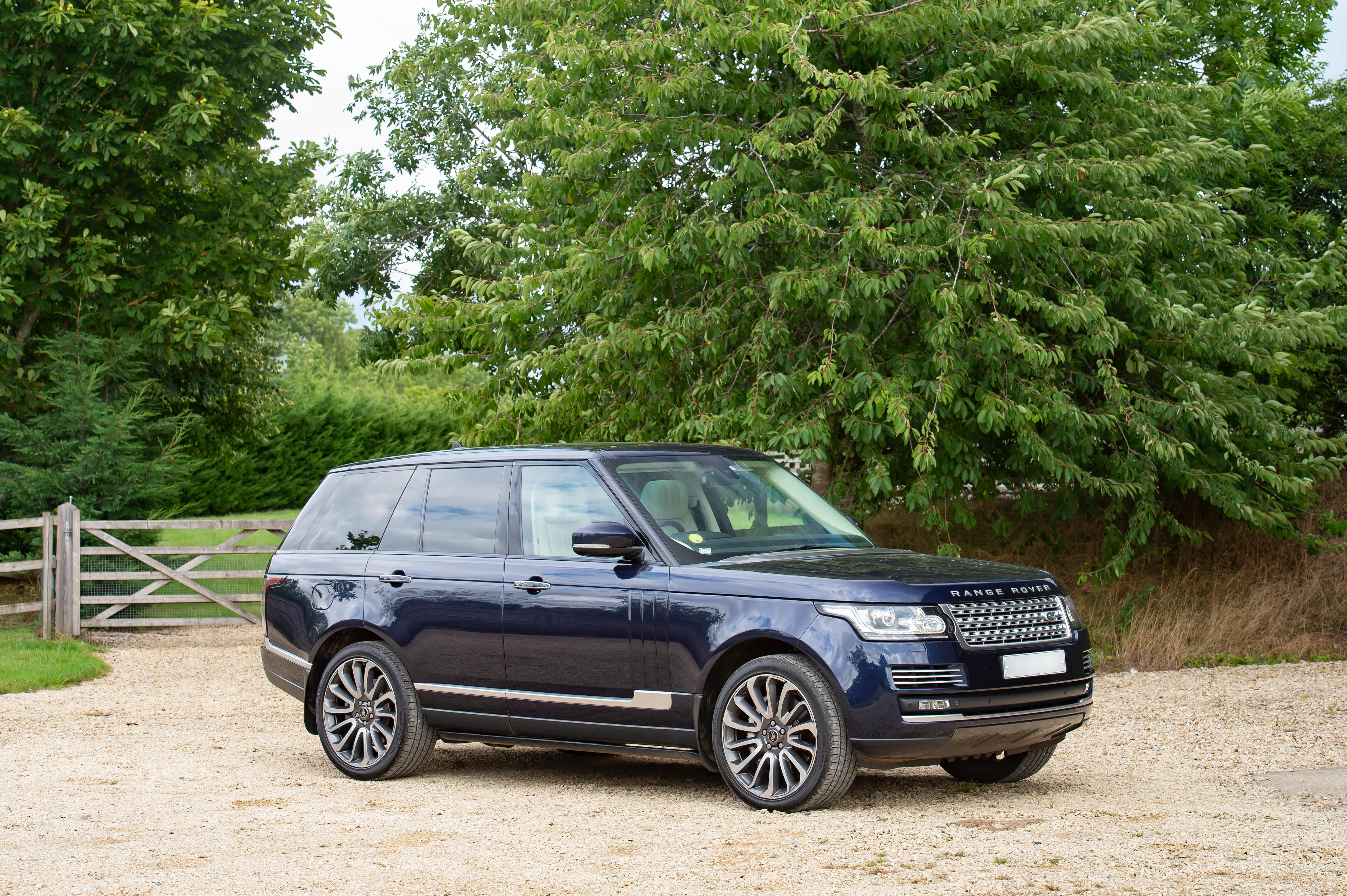
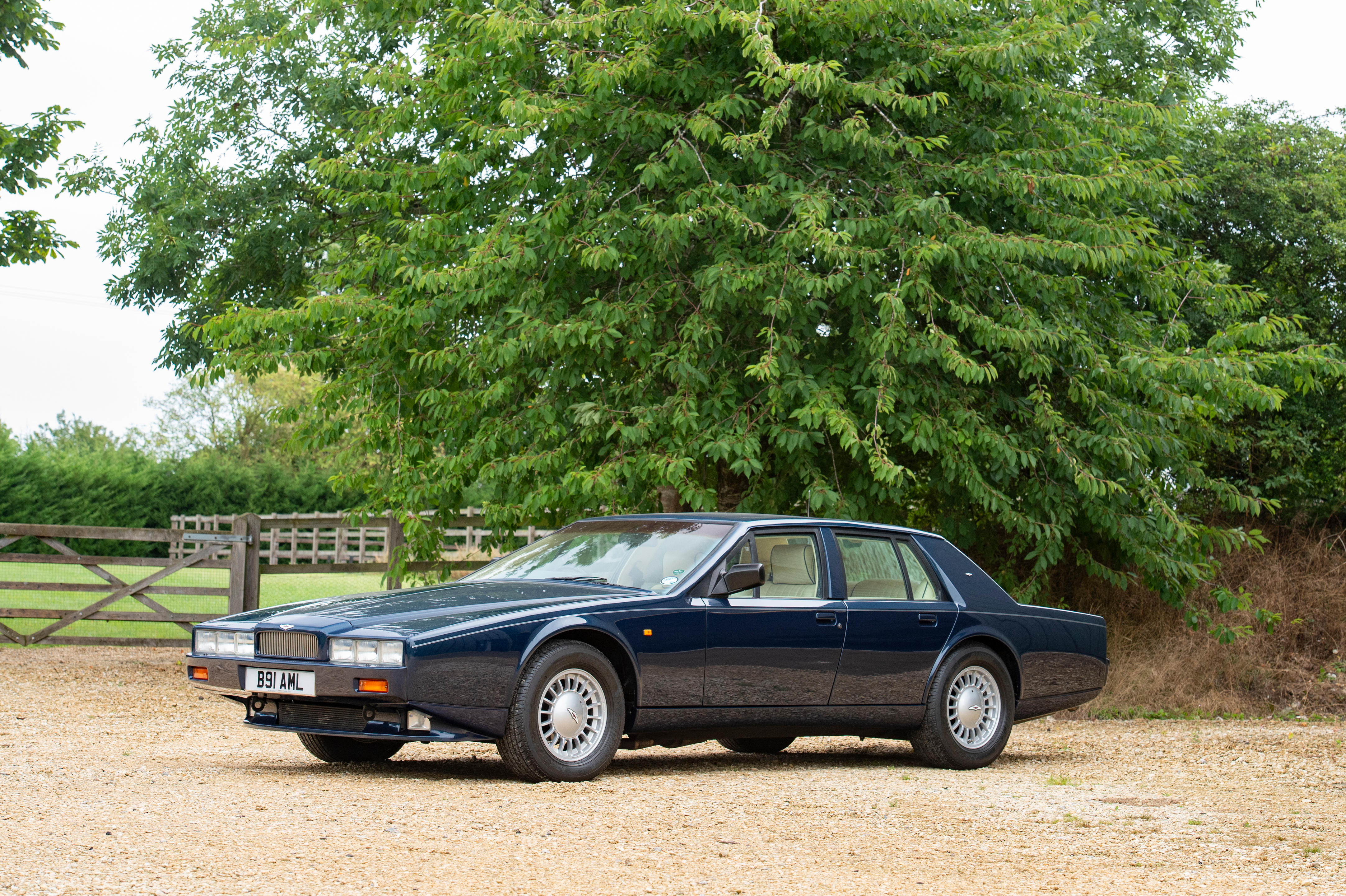
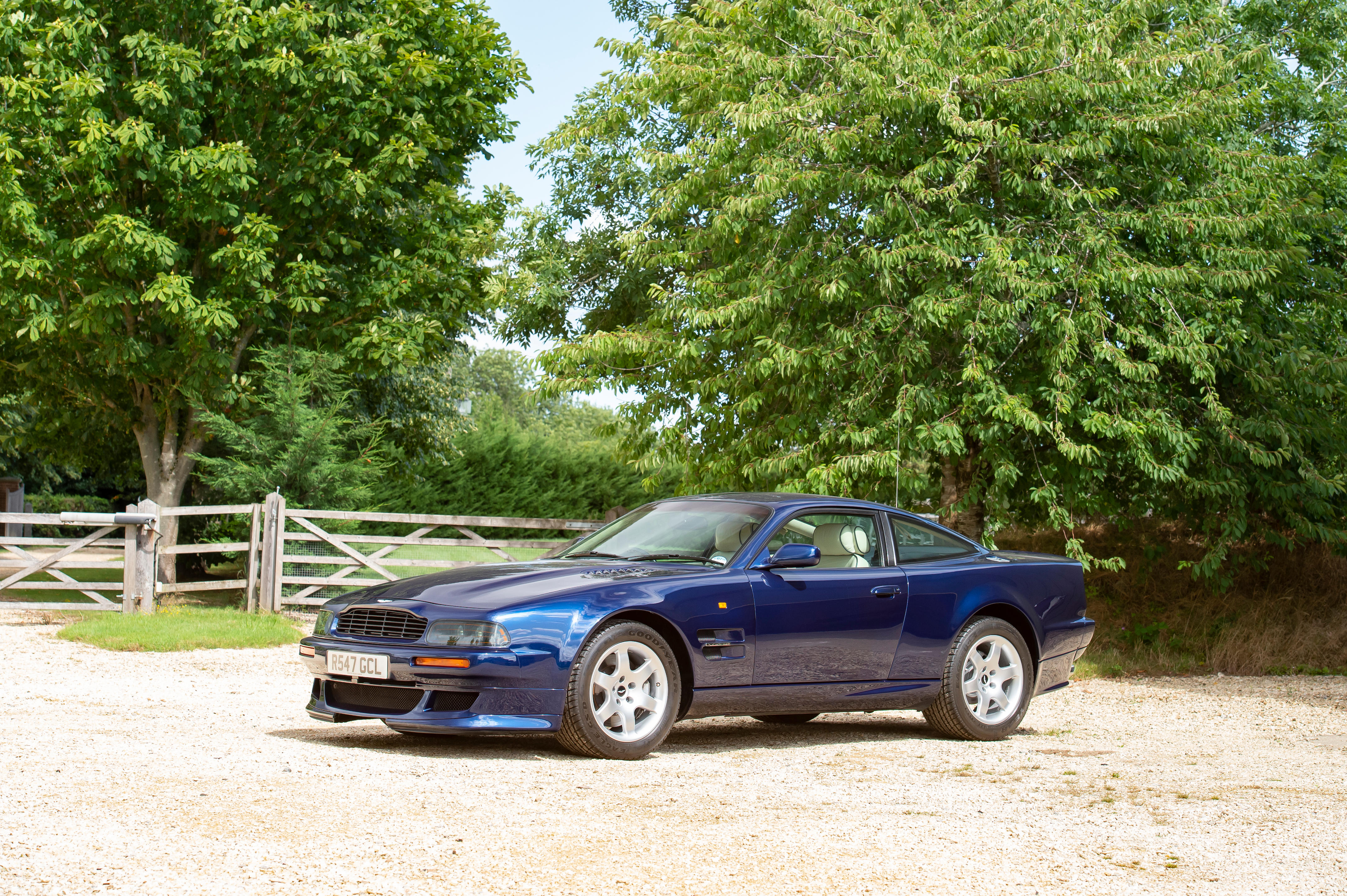
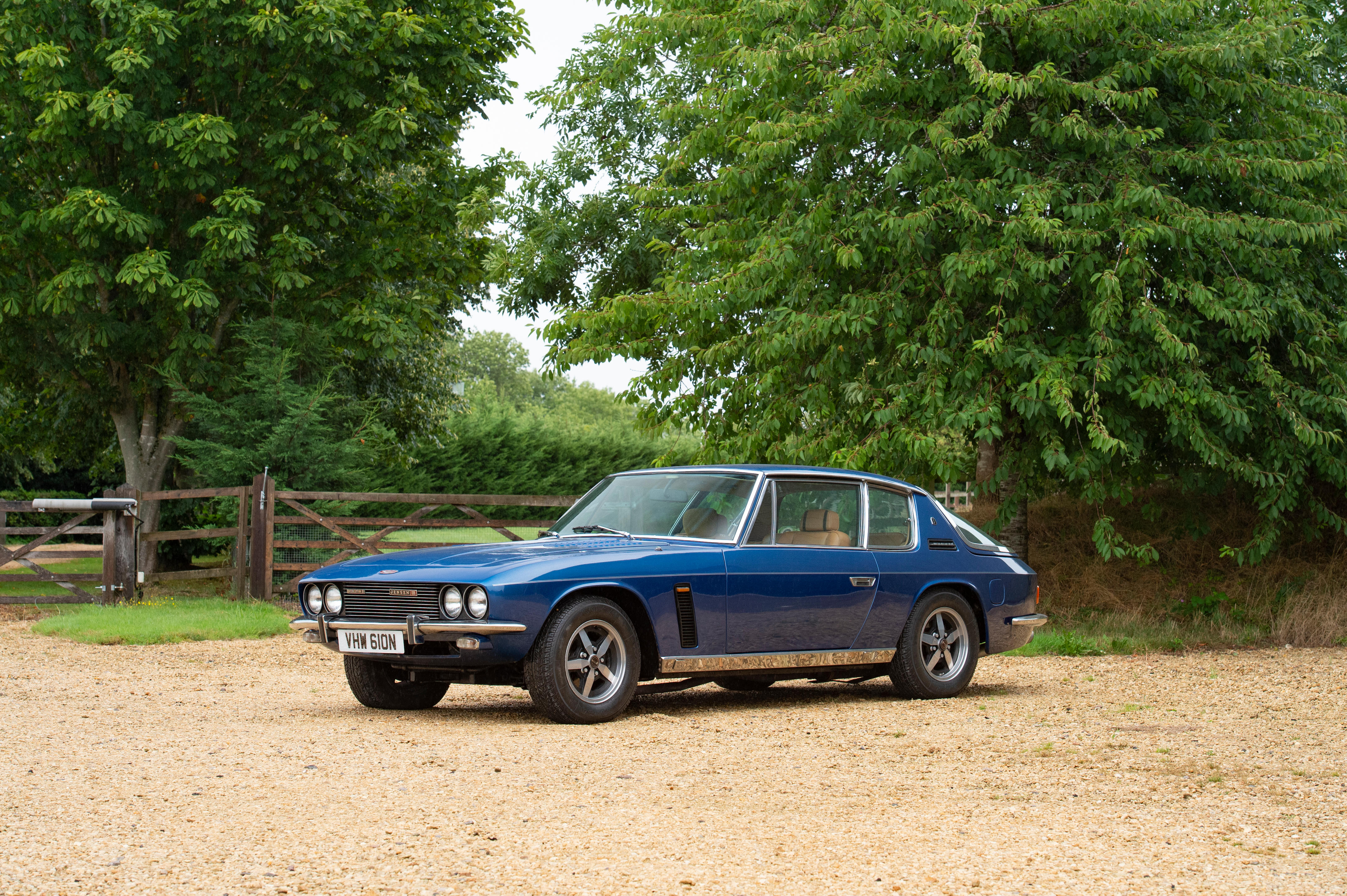
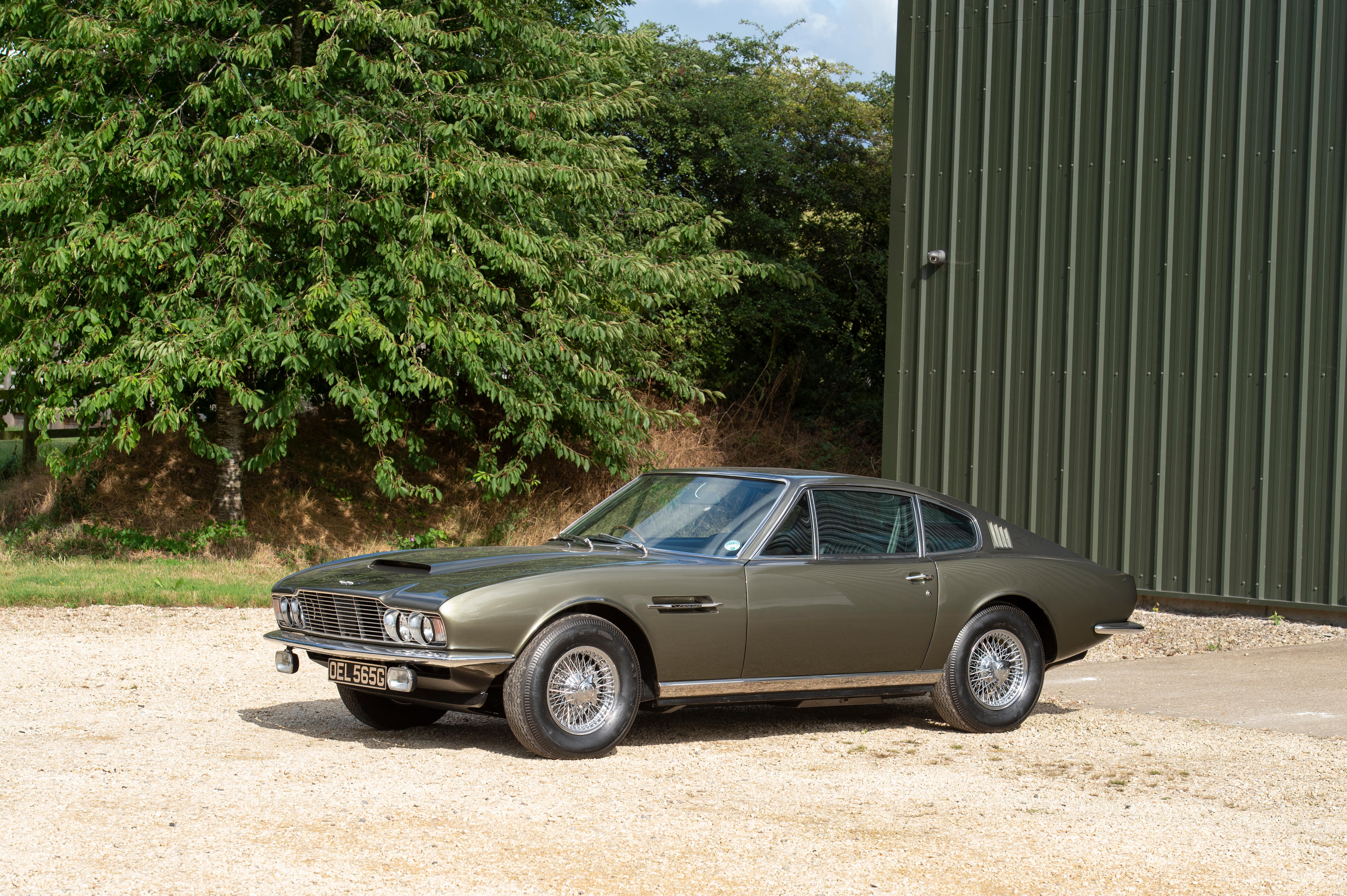
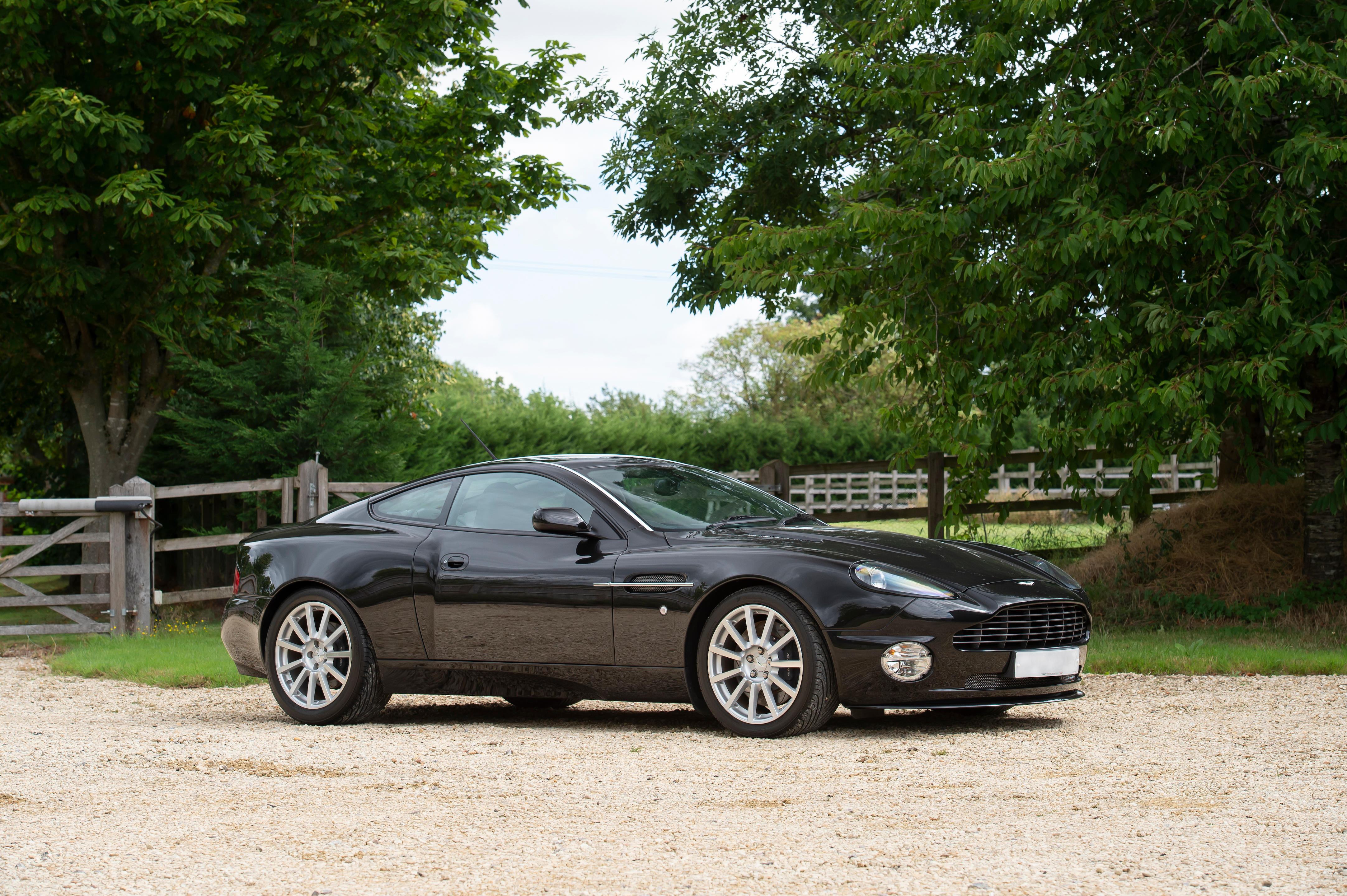

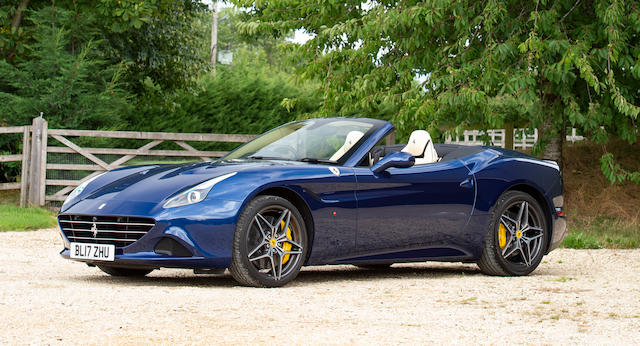
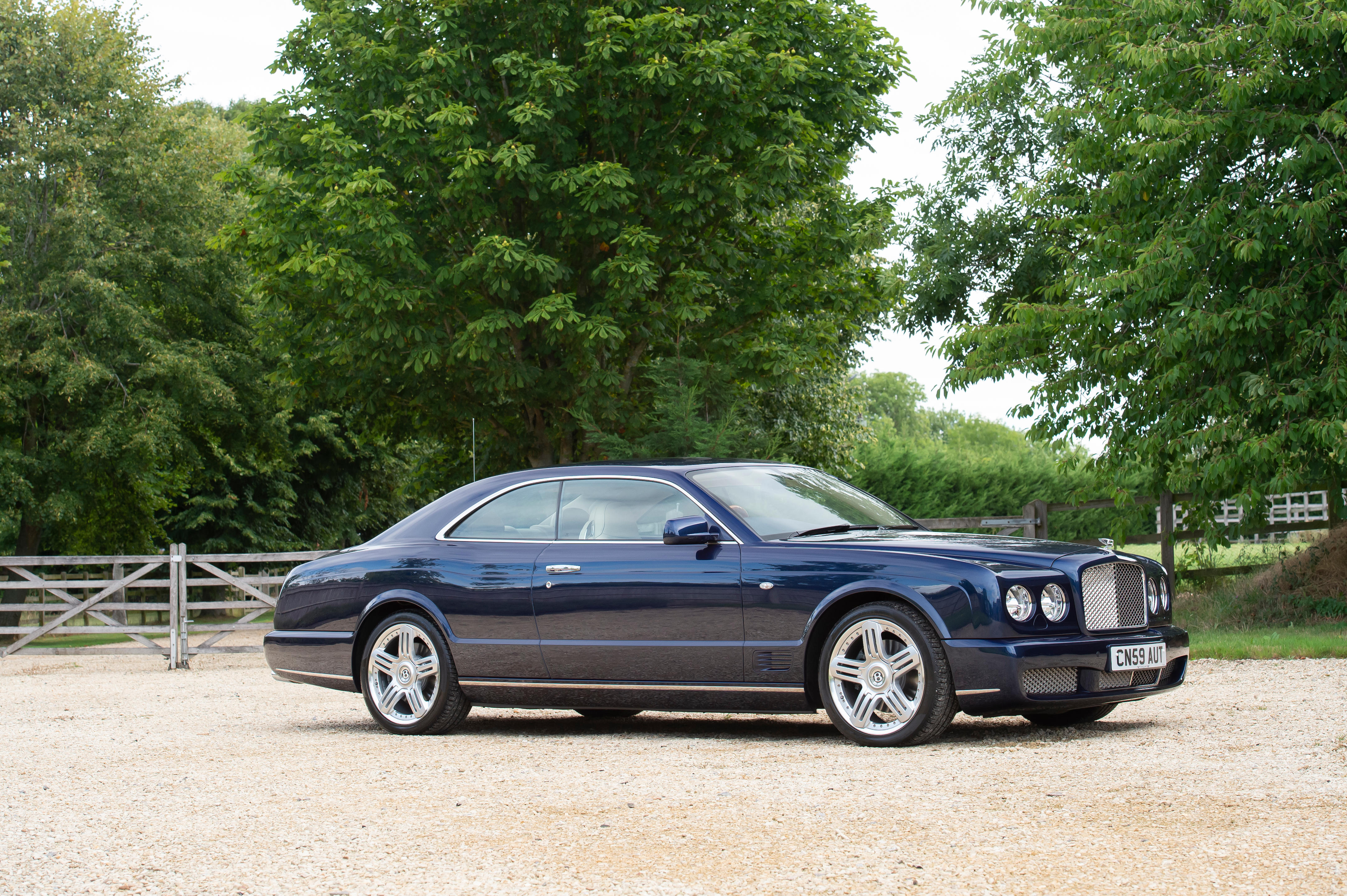
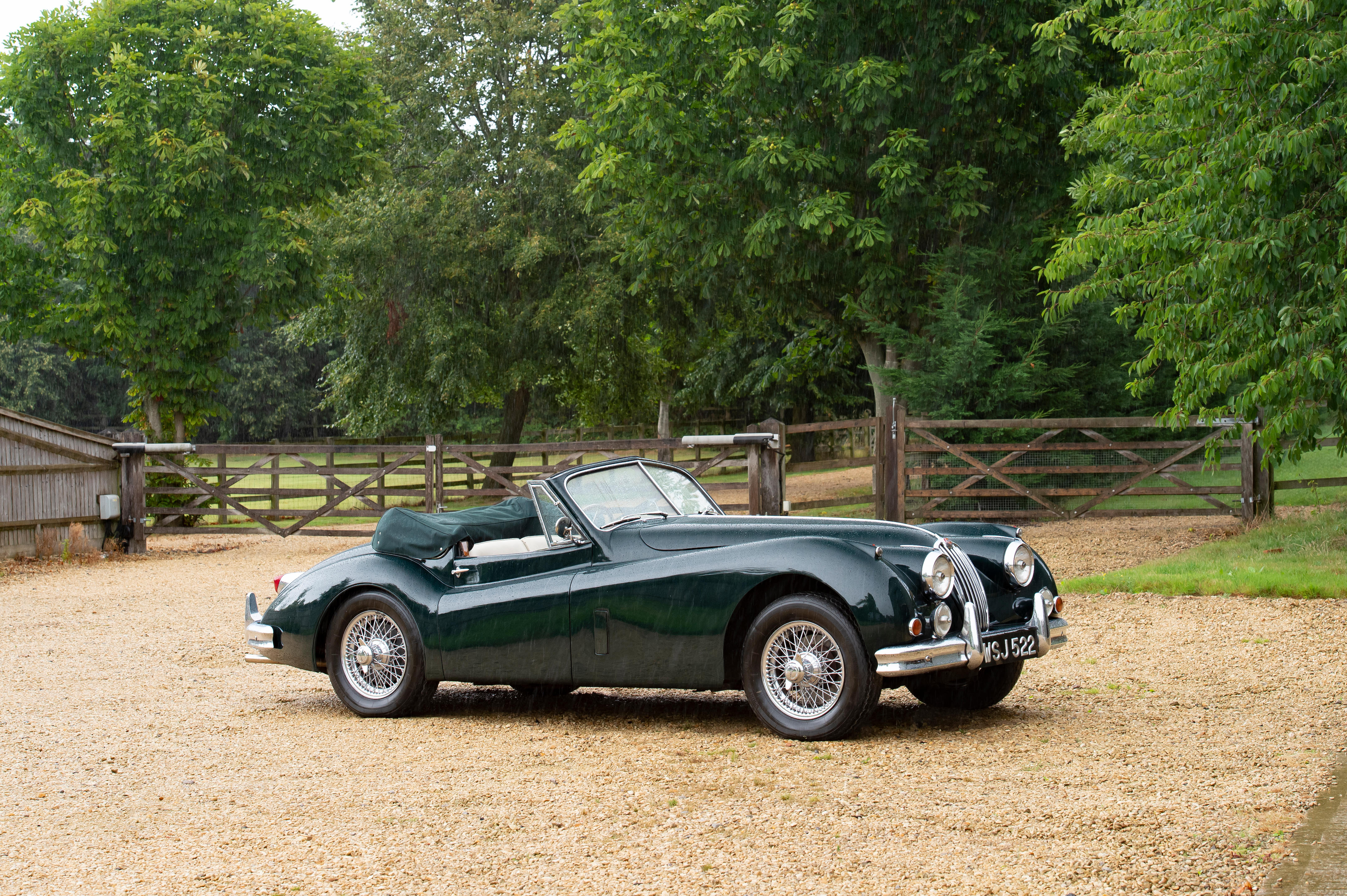
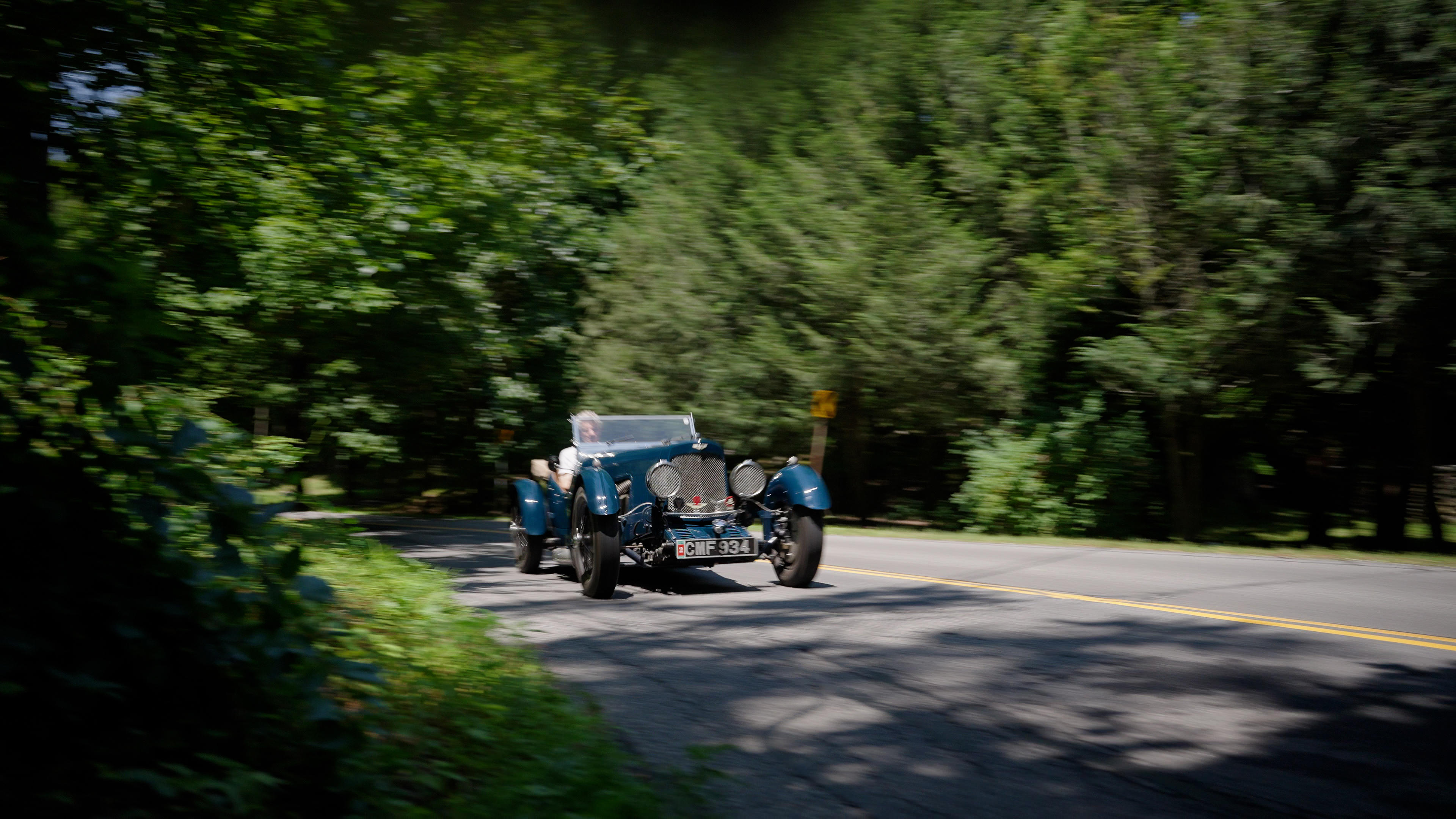

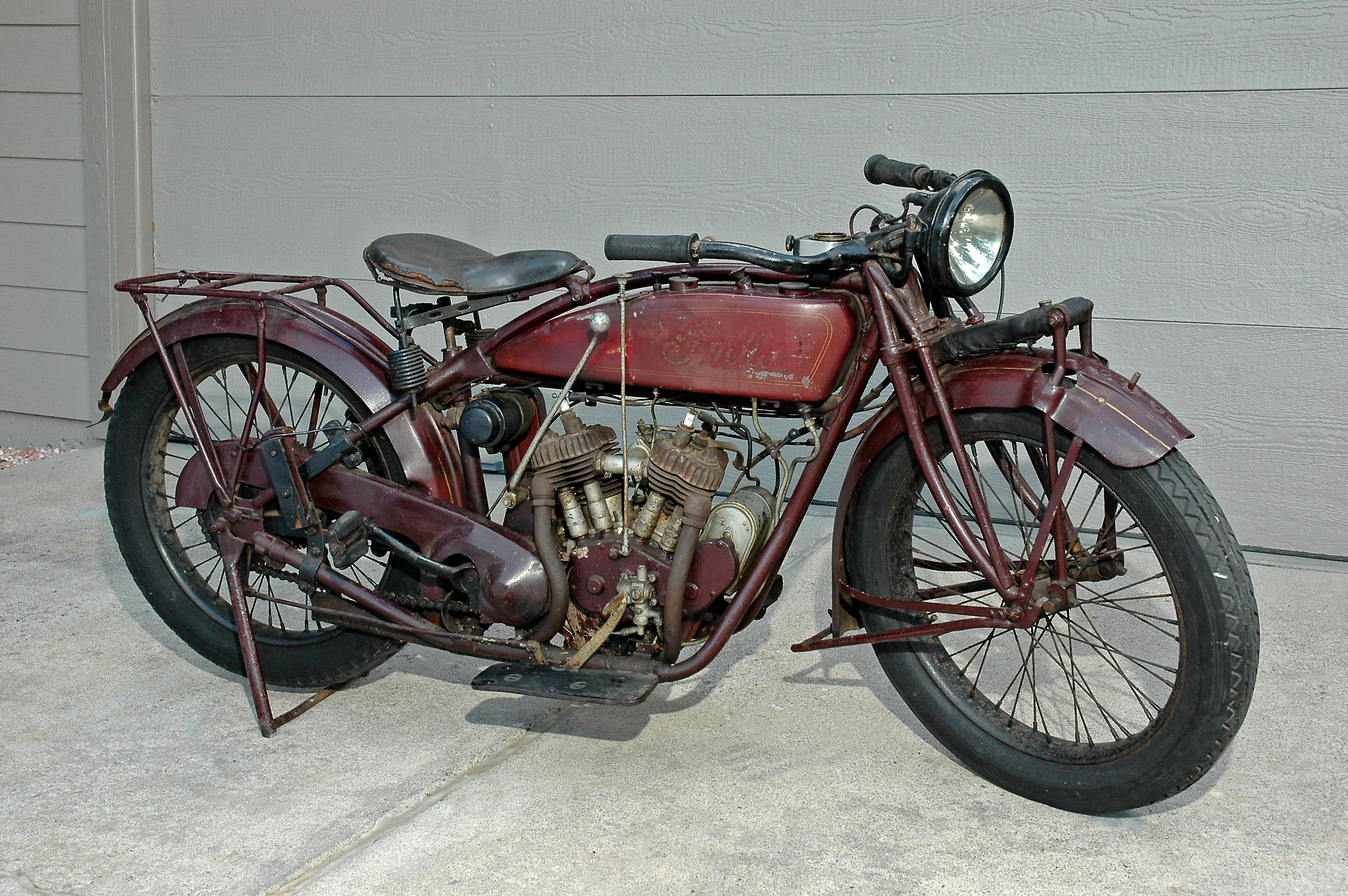

Try LotSearch and its premium features for 7 days - without any costs!
Be notified automatically about new items in upcoming auctions.
Create an alert